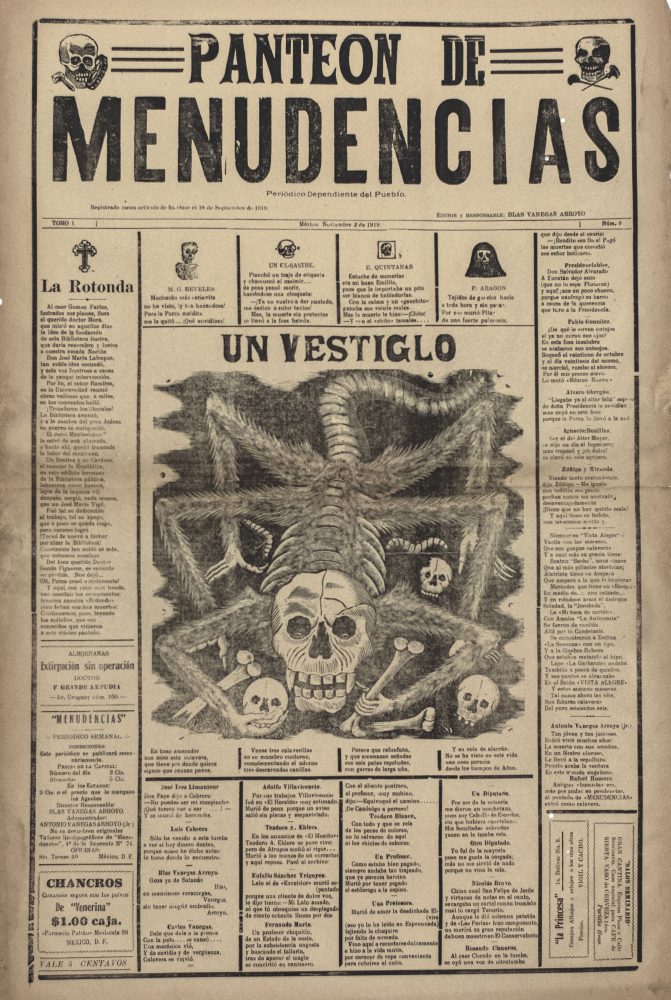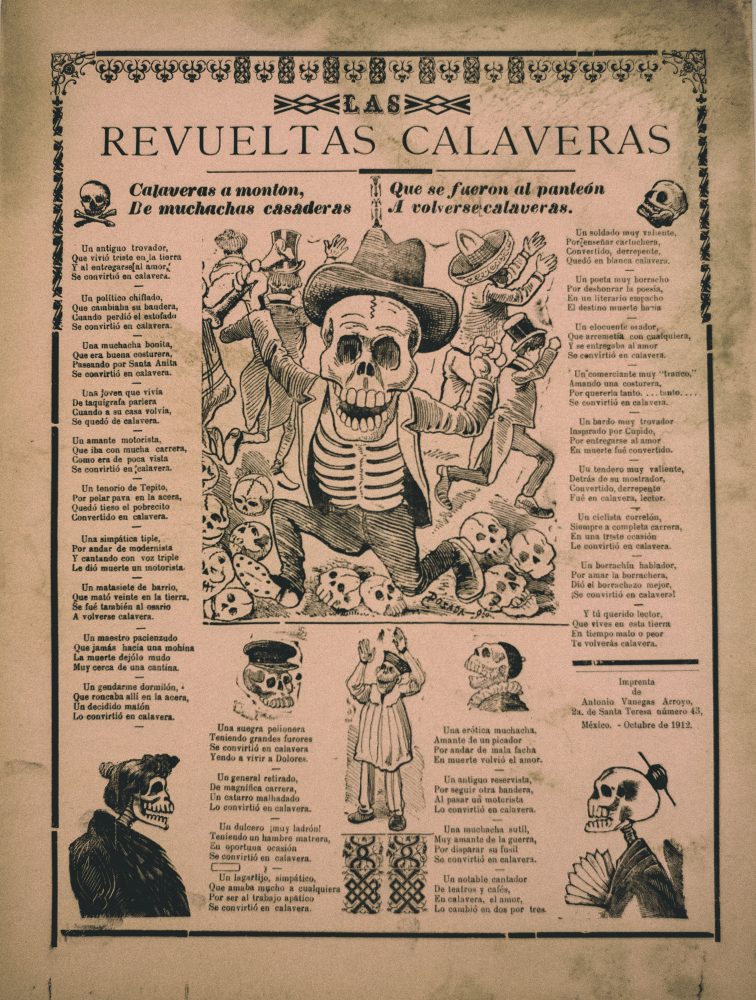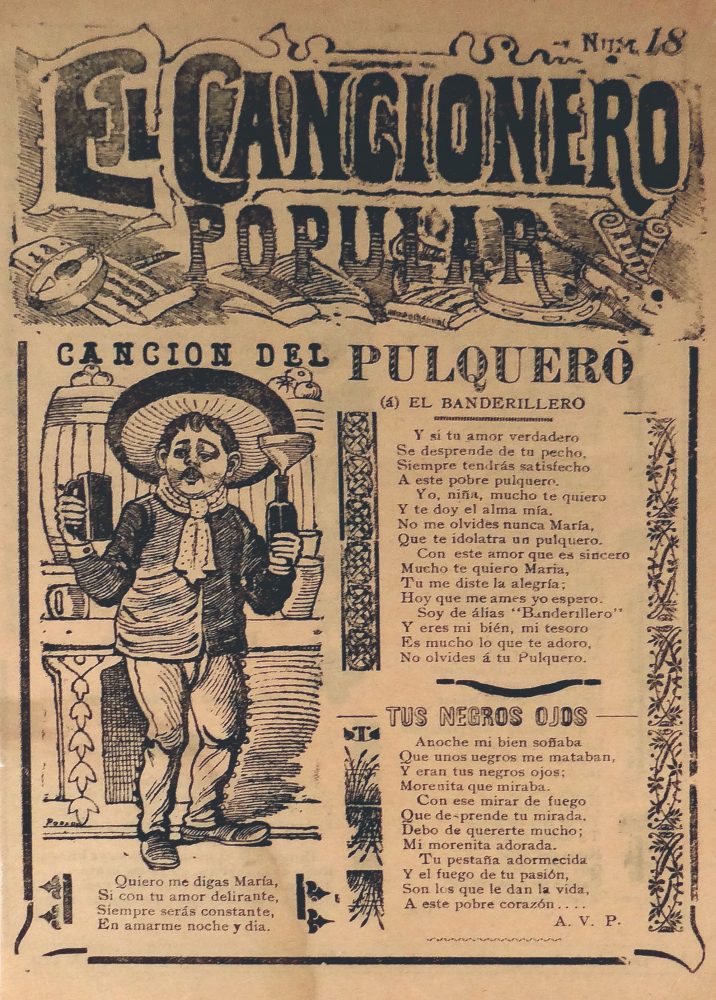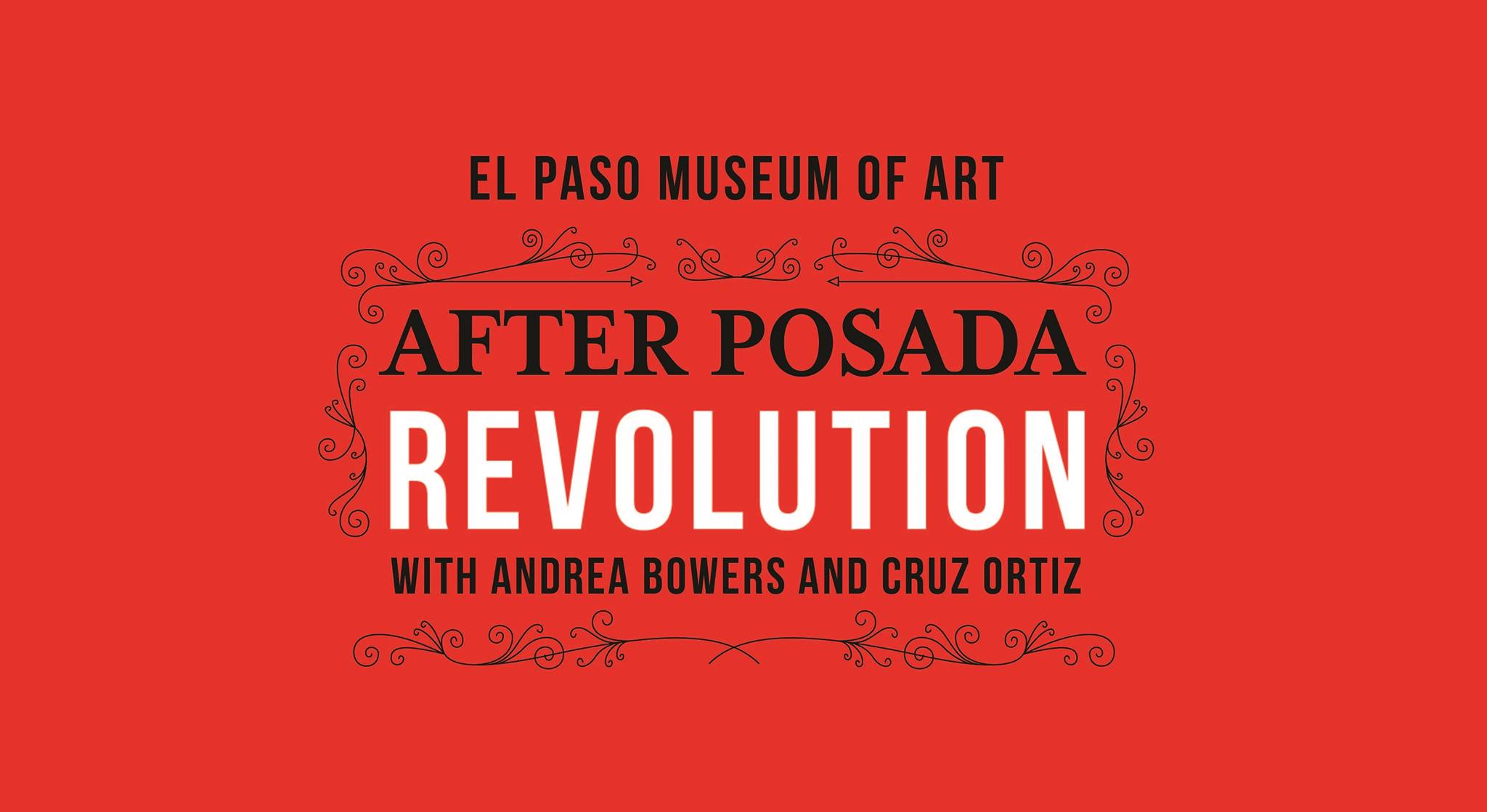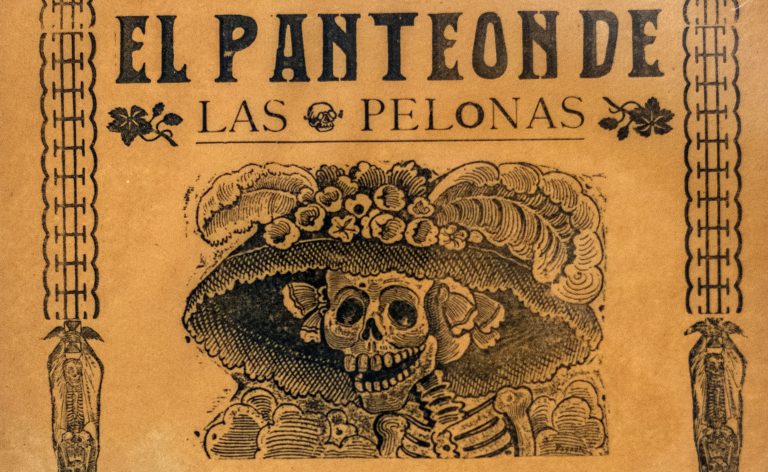When illustrator Jose Guadalupe Posada passed away on January 20, 1913, he left this world in a shroud of mystery and was buried penniless in an unmarked grave. What he did leave behind was an incredible legacy with his artwork and will forever be immortalized as the father of La Calavera Catrina—the most recognizable image of Dia de los Muertos.
As Day of the Dead approaches, Posada’s artistic influence can be seen throughout. In honor of Posada, El Paso Museum of Art (EPMA) will be having an exhibition showcasing some of his work that they have been gifted and will also have 2 installations created by 2 contemporary artists: Andrea Bowers and Cruz Ortiz.
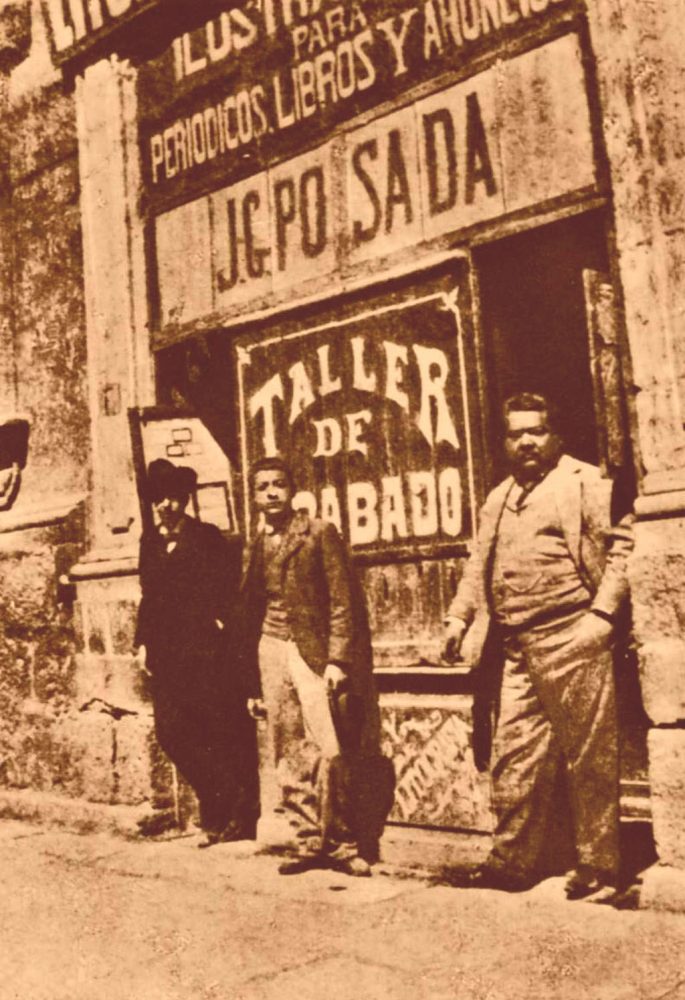
“We will have a talk that’s open to the public on October 11 and the exhibition will be open October 12,” said Kate Green the curator for EPMA. “The exhibition is called After Posada: Revolution, and it revolves around a rare opportunity I found to present original broadsheets that were illustrated by Jose Guadalupe Posada,” said Green.
Posada—who has created about 20,000 illustrations in his career—has become a huge part of Day of the Dead not only because of his imaginative calaveras, but because of how his work was the voice of the people. He influenced the people in this time period so much that it powered an artistic movement not that long after he passed away. His influence is seen today, especially in Day of the Dead style of face painting that is worn at the end of the celebration to ward off death.
“I think this is an extraordinary opportunity for audience members to rediscover an artist they may be familiar with even if they don’t know his name because we are all familiar with the Day of the Dead imagery. Through Posada is where a lot of the calavera imagery comes from, it really comes from posada. He really popularized that imagery that we associate today with Dia de los Muertos,” Green said.
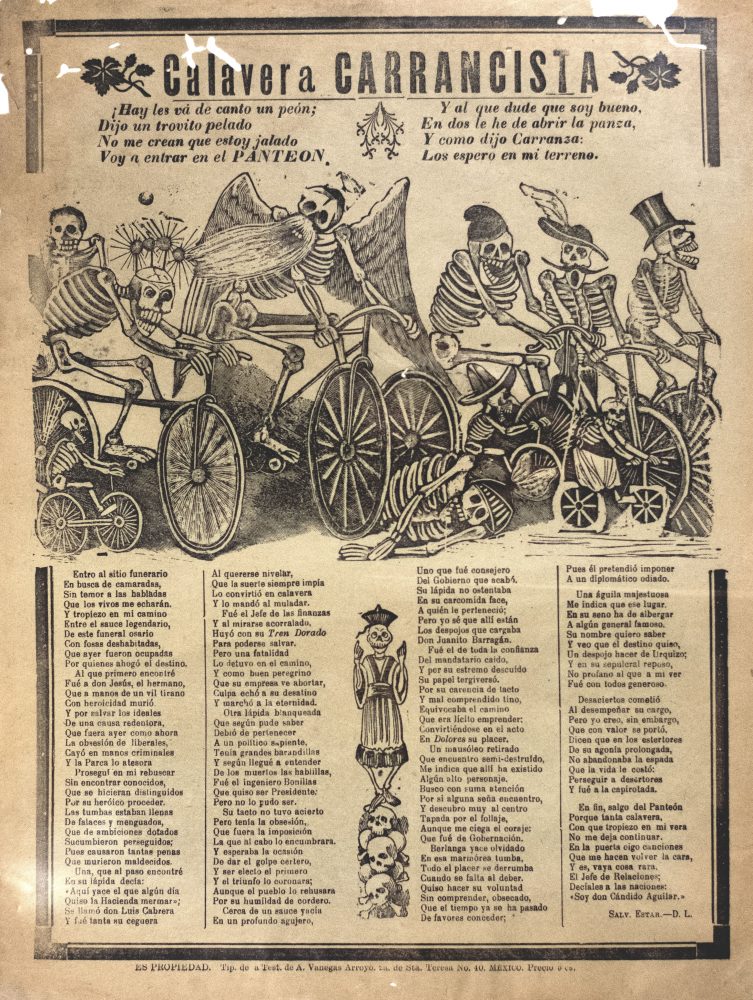
The exhibition will revolve around roughly 100 of Posada’s broadsheets (single-page newspapers) that display his calaveras, work about the Mexican Revolution, crime stories, ballads and political commentary. Posada’s work will also be presented with satirical political magazines from the same period, metal-faced wood printing blocks and photographs from Agustin Victor Casasola who was the cousin of Alfonso Casasola who had a well-known photography studio in El Paso that begun in 1921.
“We will also be exploring the legacy of Posada today through commissioned installations by Andrea Bowers from L.A. and Cruz Ortiz who is from San Antonio. Both of them came, spent time here and created installations that both reflects Posada’s history and legacy, and also what’s happening now in the border today,” Green said.
After Posada: Revolution, at the El Paso Museum of Art, is on view through January 20, 2019.
More info: epma.art/art/exhibitions/jose-guadalupe-posada-and-the-mexican-revolution
